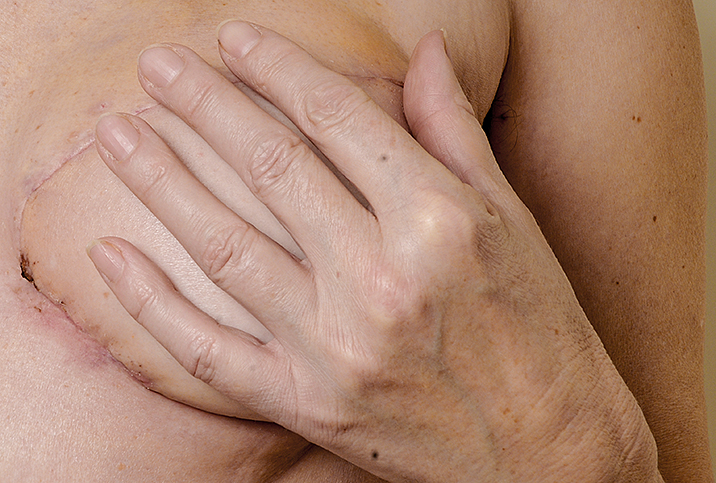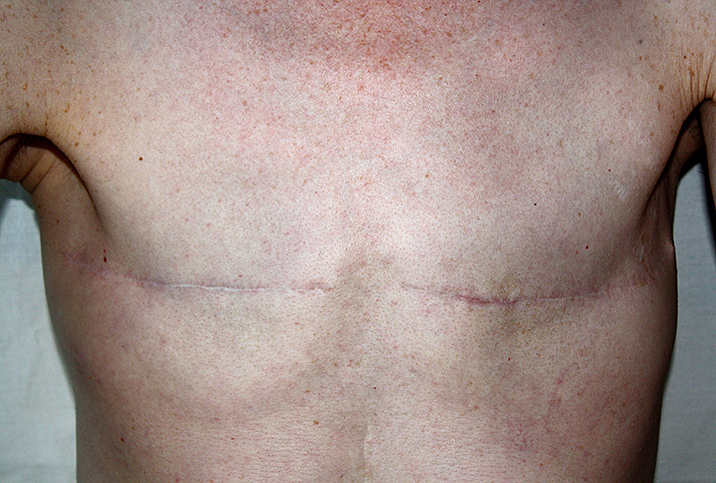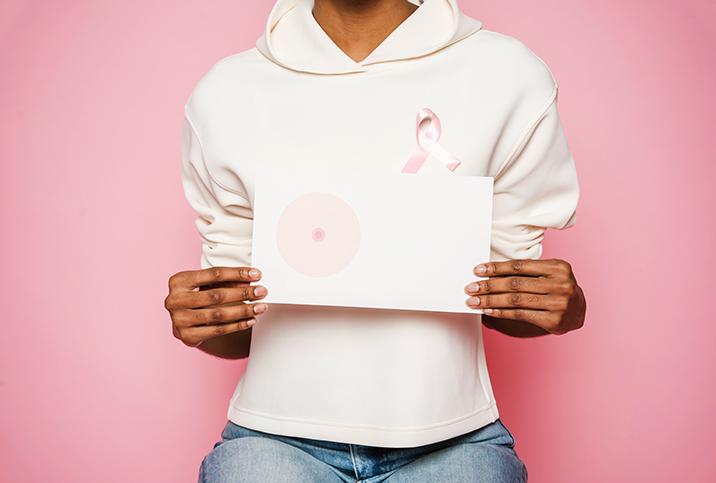Preventive Mastectomies Are on the Rise

A preventive, or prophylactic, mastectomy involves the complete removal of both breasts in order to lower an individual’s risk for breast cancer. Over the past couple of decades, more and more at-risk women have opted for this procedure. According to breastcancer.org, the rate of prophylactic mastectomies more than tripled from 2002 to 2012.
This trend is particularly true for women with early-stage breast cancer in one breast. A 2015 study by Vanderbilt University researchers found that prophylactic mastectomies among these women increased from 2 to 11 percent from 1998 to 2011.
But women with early-stage breast cancer are not the only ones getting this preventive procedure. For example, actress Angelina Jolie got a prophylactic double mastectomy in 2013 after finding out she had a genetic mutation that put her at greater risk of getting breast cancer. Her mother died of the disease shortly before she made the decision.
Jolie was not the first to follow this course of action, and she certainly won’t be the last. Thousands of high-risk women each year follow the same path in hopes of lowering their chances of getting breast cancer.
Reasons to consider prophylactic mastectomy
Every woman carries some risk of breast cancer, and that risk only increases with age. However, certain factors can put a woman at a much higher risk.
Women with one or more of these factors may want to consider discussing a prophylactic mastectomy with their doctors as a preventive measure:
- Existing breast cancer. Women who are already scheduled to get a single mastectomy due to existing cancer in one breast sometimes opt to get both breasts removed. While this isn’t always necessary, it can be used as a preventive measure, especially for women with additional risk factors.
- Genetic mutation. Women who discover through genetic testing that they have one or more mutations which make them more likely to get breast cancer may consider a prophylactic mastectomy. Mutations in the BRCA1 and BRCA2 genes can substantially increase breast cancer risk, especially in women with other risk factors, such as a family history of cancer.
- Personal or family history. If a woman’s mother, sister or daughter has had breast cancer, she may consider a preventive mastectomy to offset her increased risk of developing the disease. Having a family member diagnosed with breast cancer before age 50 increases a woman’s risk even more. Women who have personally had breast cancer before are also more likely to get it again and may consider a prophylactic mastectomy.
- Radiation therapy. People who had any type of radiation therapy in the chest between the ages of 10 and 30 are at greater risk of breast cancer and may consider the preventive procedure.
If you are worried about getting breast cancer, talk with your doctor about undergoing a full risk assessment. Your doctor will be able to tell you if you are at an above-average risk for the disease and discuss potential prevention strategies.
Consider your options
Opting for a prophylactic mastectomy is a major decision. Before making such a serious choice, it’s important to ask your doctor whether the procedure will change your risk of breast cancer significantly enough to warrant it.
According to the Mayo Clinic, a prophylactic mastectomy can reduce breast cancer risk by 90 to 95 percent in women with the BRCA1 or BRCA2 mutation, as well as for women who have had breast cancer and also have a family history of the disease. For these women, a prophylactic mastectomy may very well be an effective path forward.
However, medical experts report that prophylactic mastectomy for an unaffected breast has little to no effect on overall survival for women who have cancer in one breast and no additional risk factors, such as genetic mutation or a family history of breast cancer.
Consult your doctor about all of the prevention strategies available to you before you decide to move ahead, and be sure to get a second opinion before undergoing a prophylactic mastectomy.

















